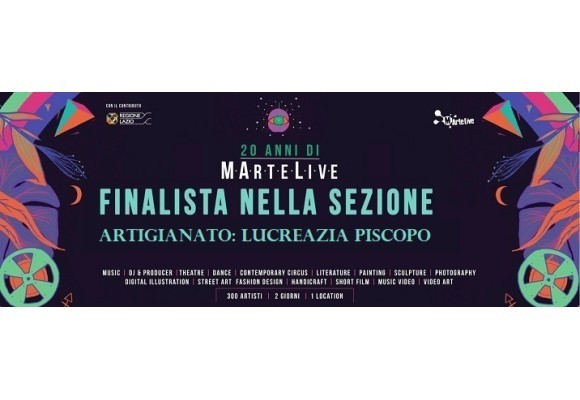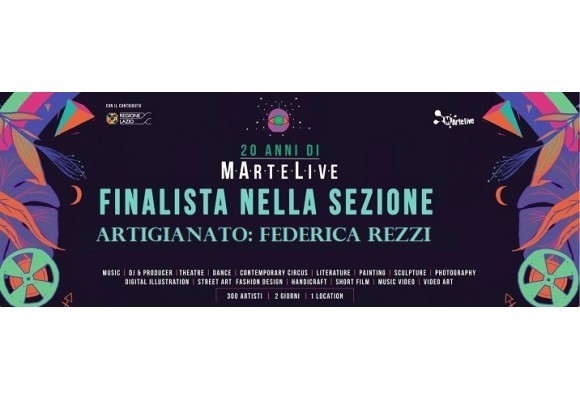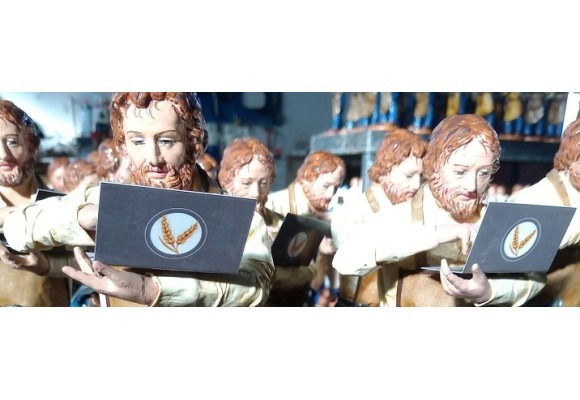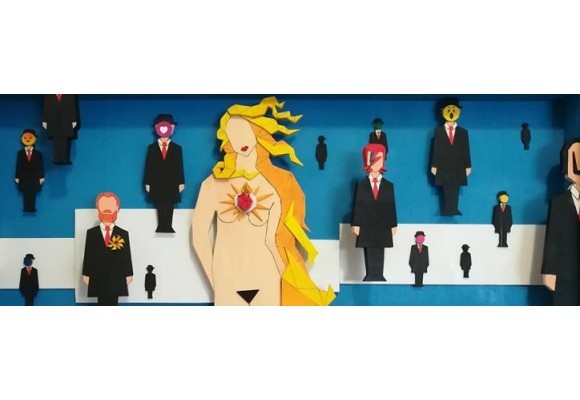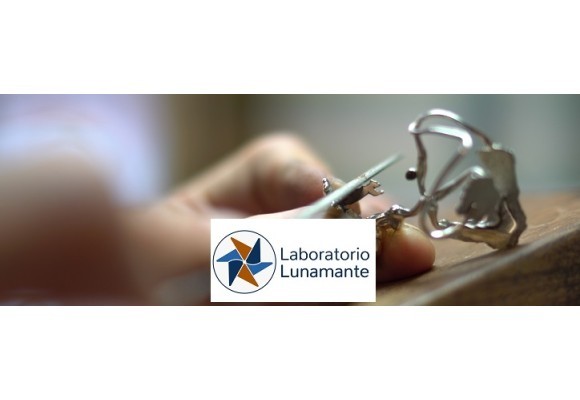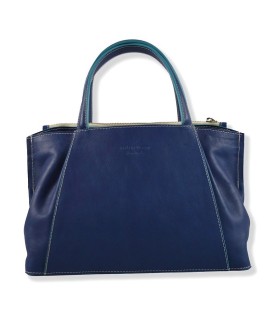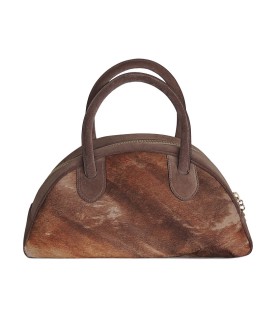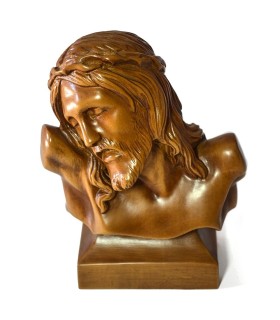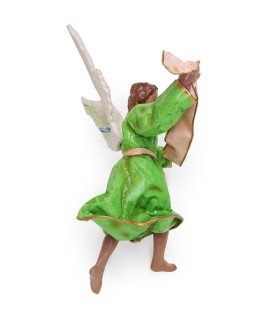Ceramics and Museums of Veneto
If you are passionate about ceramics, let's start a journey among the main museums in our peninsula. In this article we will focus on Veneto, highlighting production and history over the centuries. In the eighteenth century in Europe the growing demand and diffusion of precious Chinese porcelain stimulated Dutch potters to imitate their processing, managing to strengthen their presence on the markets of the Republic of Venice. This prompted the Venetian Senate, in 1728, to encourage local production through tax concessions for companies that were able to produce porcelain and improve existing majolica production.
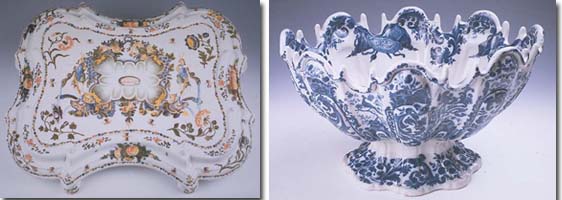
The favorable moment led Giovanni Battista Antonibon to open a ceramic factory in Nove in 1727, which over time became the most important of the entire Venetian Republic, managing to obtain in 1732 the twenty-year exemption from all duties imposed by the Senate. , reaching the coveted goal of porcelain production in 1762. But a few years later, in 1770, earthenware spread in Italy, a mixture obtained and present in England for over fifty years, whose whiteness and low production cost caused unexpected competition to Italian majolica and porcelain. Since in 1786 the Antonibon factory, with Giò Maria Baccin managed to obtain a mixture similar to the English one, some local factories managed to prosper despite the political-economic crisis.
The subjects and production lines also changed to change the reference market, to acquire new larger markets at the expense of the luxury market, of the fallen nobles. In 1860-1865 the “Neorococò” genre was added, probably due to the desire to compare itself with the other international exhibitions of the time.

This path over the centuries is highlighted within the structures of Bassano del Grappa and Nove. In the first, the Museum of Ceramics has been present since 1992, which is housed in the splendid eighteenth-century residence of Palazzo Sturm. It is a collection consisting of several hundred pieces, divided into ten rooms on an entire floor of the noble building; built according to chronological criteria, grouping materials and manufactures according to the different periods.

In the first room you will be able to see the first fragmentary materials found or produced in Bassano from the Middle Ages to the end of the seventeenth century, such as those of the Manardi factory, which in 1669 had the exclusive right to produce majolica in the Republic of Venice; in the second the decorations that made Antonibon famous, the most important majolica factory in Veneto at the beginning of the eighteenth century.
The third and fourth are dedicated to the different majolica productions in Italy: Faenza, Savona, Milan up to Laterza, in the eighteenth century the most active production site in Puglia, with sixty-seven operators organized in about twenty factories.
The fifth and seventh are dedicated to nineteenth-century earthenware, a type of ceramic with a white body, of fine impasto at the time considered the ideal material for small sculpture and for neoclassical furnishing tableware, while in the sixth you will find the Cozzi porcelain, the largest Venetian ceramic factory of the eighteenth century.

Inside the octave, on the other hand, you will find the eclectic majolica of the nineteenth century, characterized by large productions whose peculiar modeling and firing technique was particularly appreciated in the Great Universal Exhibitions.
The last two tell of the productive changes in Veneto, in fact the ninth highlights the ceramics in Bassano, Nove and Vicenza in the early-mid-twentieth century; while the tenth is dedicated to popular ceramics, which in the nineteenth century characterized the production of factories in Novi and Vicenza, adjustment of production due to changed political, social and economic situations. The decorations, the subjects and the techniques are changed, limiting the production of luxury and focusing on the sale to a wider clientele: middle class, workers, peasants.

Invece a Nove, paesino in provincia di Vicenza a pochi chilometri da Bassano, è presente un Museo della ceramica, inaugurato nel 1995, ospitato all’interno dell’elegante palazzo De Fabris che fino a qualche anno fa era sede dell’Istituto d’Arte. E’ strutturato su tre piani e suddiviso in epoche e fornisce un’ampia documentazione sulla varietà di stili, decori e materiali adottati nella produzione delle manifatture venete e non solo a partire dal Seicento e fino ai nostri giorni: terrecotte, cristalline, maioliche, porcellane, terraglie, semirefrattari, grès.

Il patrimonio artistico conservato presso il Museo Civico della Ceramica di Nove viene impreziosito dalla interessantissima collezione di fischietti generosamente donata da Nino Athos Cassanelli. Una visita a questo museo permetterà di ammirare oggetti provenienti da tutto il mondo, aggirandosi in una sezione espositiva su manufatti fuori dal comune, che da sempre hanno attratto e coinvolto eccezionali artisti e artigiani a Nove, in Italia e in tanti altri paesi del mondo.
For more info
Official Website:
Museo della Ceramica – Bassano Del Grappa
Foto by: www.tripadvisor.it
Lucrezia Piscopo Art, winning project of the Lazio MarteLive 2021 regional final
Interview with Federica Rezzi G, winner of the Lazio MarteLive 2021 final, crafts section
From tradition to today, a special gift for a special professional
The beautiful works of Klimt on the ceramic eggs of La Terra incantata
Valentina Musiu and VALEgnameria, art and craftsmanship in a dynamic and colorful mix
Lunamante Goldsmith workshop, the Covid don't stop creativity


